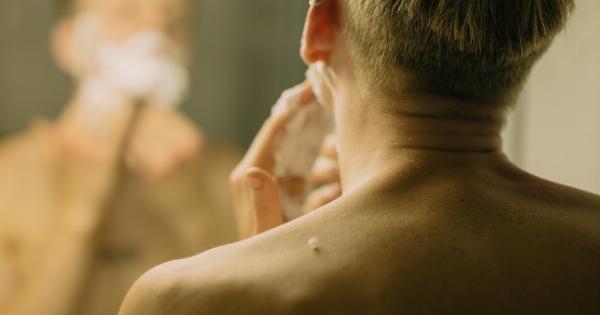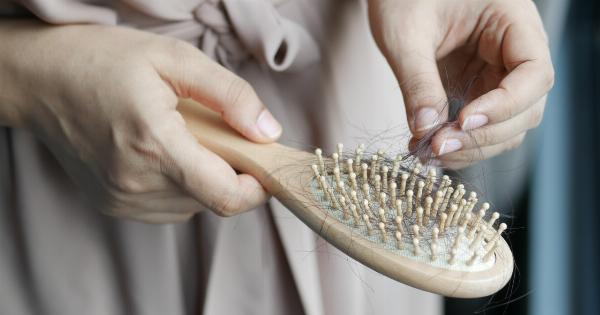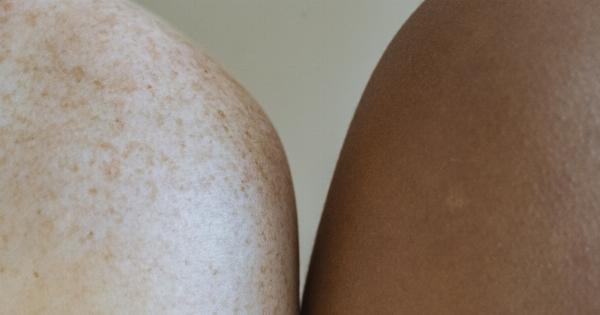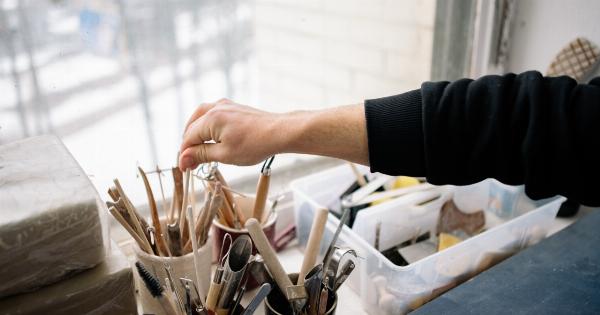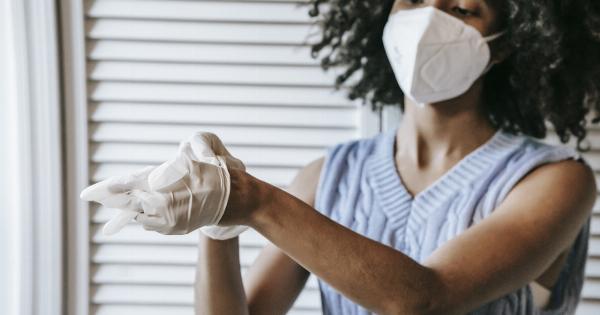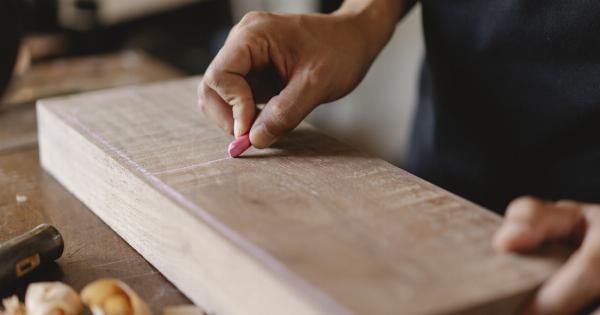Waxing is a popular hair removal technique that can offer smooth and long-lasting results. However, for many people, the thought of waxing can be daunting due to the pain and discomfort that is often associated with the process.
But fear not, because with the right techniques, waxing can be a relatively painless experience. In this article, we will explore the art of painless waxing, from prepping your skin to post-waxing care.
Prepping your skin
The key to painless waxing begins with proper skin preparation. A few days before your scheduled waxing appointment, exfoliate the skin in the area you will be waxing. This will help to remove any dead skin cells and prevent ingrown hairs.
Additionally, avoid shaving or trimming the hair in the area for at least two weeks prior to waxing. Longer hair will provide a better grip for the wax and result in a cleaner removal.
On the day of your appointment, make sure your skin is clean and dry. Avoid applying any lotions, oils or perfumes to the area. These products can create a barrier between the wax and your skin, which can lead to a less effective waxing experience.
Choose the right wax
The type of wax you choose can also impact the level of pain during the waxing process. There are generally two types of wax: hard wax and soft wax. Hard wax is a thicker wax that is applied directly to the skin and removed without the use of a strip.
This type of wax is often recommended for more sensitive areas like the bikini area, underarms or face. Soft wax, on the other hand, is applied to the skin and removed with the use of a strip. This type of wax is often used on larger areas like the legs or arms.
Another factor to consider is the temperature of the wax. If the wax is too hot, it can cause burns or discomfort during the application. Make sure to test the wax on a small patch of skin before applying it to a larger area.
Communication with your waxing professional
When it comes to painless waxing, communication with your waxing professional is key. Let your professional know if you have any sensitivities or allergies, as well as if you are taking any medications that may impact your skin.
This information will help the professional to determine the best technique for your specific needs.
Additionally, communicate with your waxing professional about your pain tolerance. If you are nervous about the pain, let them know and they can offer tips and techniques to help minimize any discomfort.
The waxing process
During the waxing process, your waxing professional will apply the wax to the skin in the direction of hair growth. They will then place a strip over the wax and press down firmly.
The strip will then be pulled in the opposite direction of hair growth, removing the hair from the root.
During the process, it is important to take deep breaths and relax your muscles as much as possible. Tensing up can make the process more painful. Additionally, if you feel any intense pain, let your waxing professional know immediately.
Post-wax care
After waxing, it is important to take care of your skin to prevent irritation and infection. Wear loose-fitting clothing to avoid rubbing the area and causing irritation.
Avoid hot showers or baths, swimming pools, and saunas for at least 24 hours after waxing, as these activities can irritate the skin.
You can also apply a soothing lotion or aloe vera gel to the waxed area to help reduce inflammation and redness. To prevent ingrown hairs, exfoliate the area gently a few days after waxing.
Conclusion
With the proper preparation and techniques, waxing can be a relatively painless experience. Remember to communicate with your waxing professional, choose the right wax, and take care of your skin after the process.
By following these tips, you can achieve smooth and long-lasting results without the pain and discomfort.









